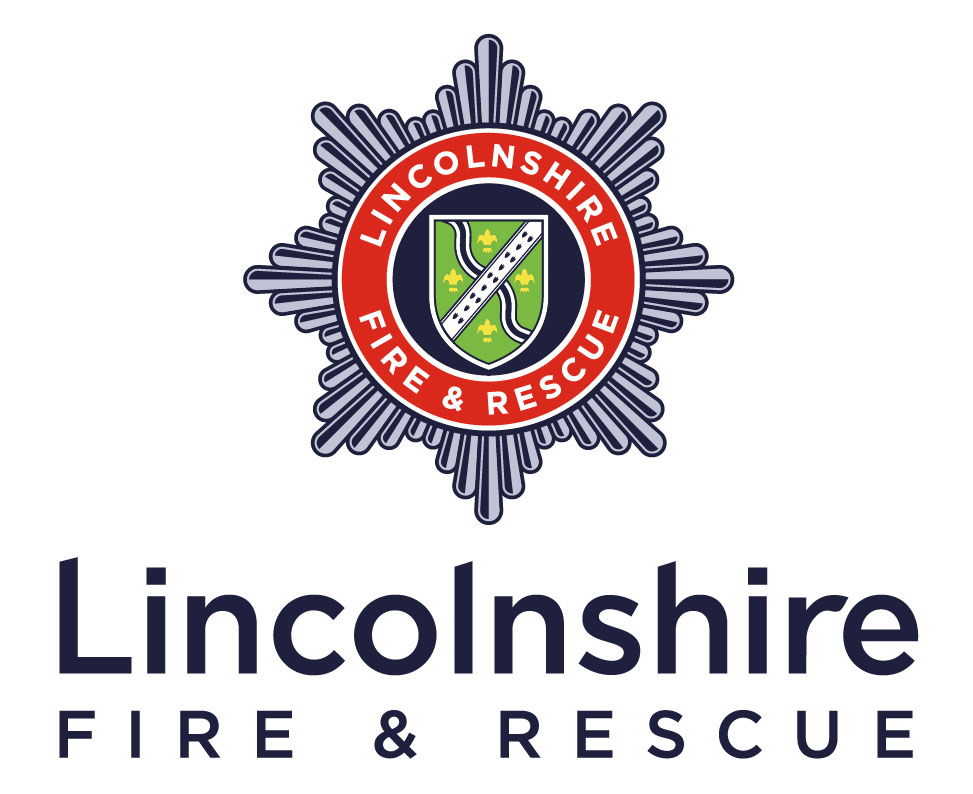Floor plans and building plan
Regulation 6 of the Fire Safety (England) Regulations 2022 require Responsible Persons of high-rise residential buildings in England to share up-to-date plans of the building with their local fire and rescue service.
The plans will be used by operational firefighters during an incident and need to be clear, simple and easy to read. Model floor plan examples can be found here.
Floor plans
Floor plans must show the location of specific equipment as defined by the Regulations. The plans must clearly identify and distinguish between the following:
- passenger lifts
- lift for use by firefighters
- evacuation lifts
- inlets/outlets for dry-rising mains
- inlets/outlets for wet-rising mains
- smoke control systems
- suppression systems
- Lincolnshire Fire and Rescue specific – individual dwelling/flat numbers
- Lincolnshire Fire and Rescue specific – identification and annotation of maisonette/split leave flats
Additional information to this list should not be included on submitted floor plans to ensure the plans are kept to a consistent standard across our Service area.
Each floor must have a separate plan, regardless of layout, so that the individual flat numbers can be easily identified on each floor. A plan will need to be prepared and sent for each floor.
Building plan
A separate single page plan must be provided that shows the building and its immediate surroundings. This building plan will enable firefighters to orientate themselves upon arrival at the scene, and must provide information on access and key firefighting, both inside and outside the building.
The full list of information to be provided on the building plan is defined in the Regulations and includes all of the following:
- the environs of the building
- details of the use of the building (for example, commercial or residential purposes)
- access for fire and rescue appliances
- the dimensions of the building
- information on the number of storeys of the building and the number of basement levels (if any)
- information regarding the presence of maisonettes or scissor section flats
- inlets for dry-rising mains
- inlets for wet-rising mains
- the location of shut-off controls for any sprinklers
- access points for the building
- the location of the secure information box
- the location of the controls for any smoke control system
- the location of any firefighting shaft
- the location of main stairways in the building
- the location of the controls for any evacuation alert system
- storage of hard copies
The Responsible Person is also required to provide a copy of the plans inside a premises’ secure information box. The plans should be sized to fit on A3 paper and, where necessary, printed in colour to assist in easy identification of the plan symbols. Lincolnshire Fire and Rescue recommends hard copy plans to be laminated to best protect the plans during their use.
To ensure a copy of the plans can remain with the incident commander at all times, as well as be used by firefighters inside the building, at least two copies of each plan should be provided inside the secure information box. Recognising how the plans will be used and the conditions they may be exposed to, plans should be laminated to ensure they remain usable throughout the course of an incident.
Sharing plans with Lincolnshire Fire and Rescue
The Responsible Person should send electronic copies of the plans to Risk.Management@lincoln.fire-uk.org, including:
- The building name
- the address of the building to which the plan relates, clearly identified
- the Responsible Person’s name, and contact details for the related building
Plans must be sent as a PDF, with an individual file size no larger than 20mb.

